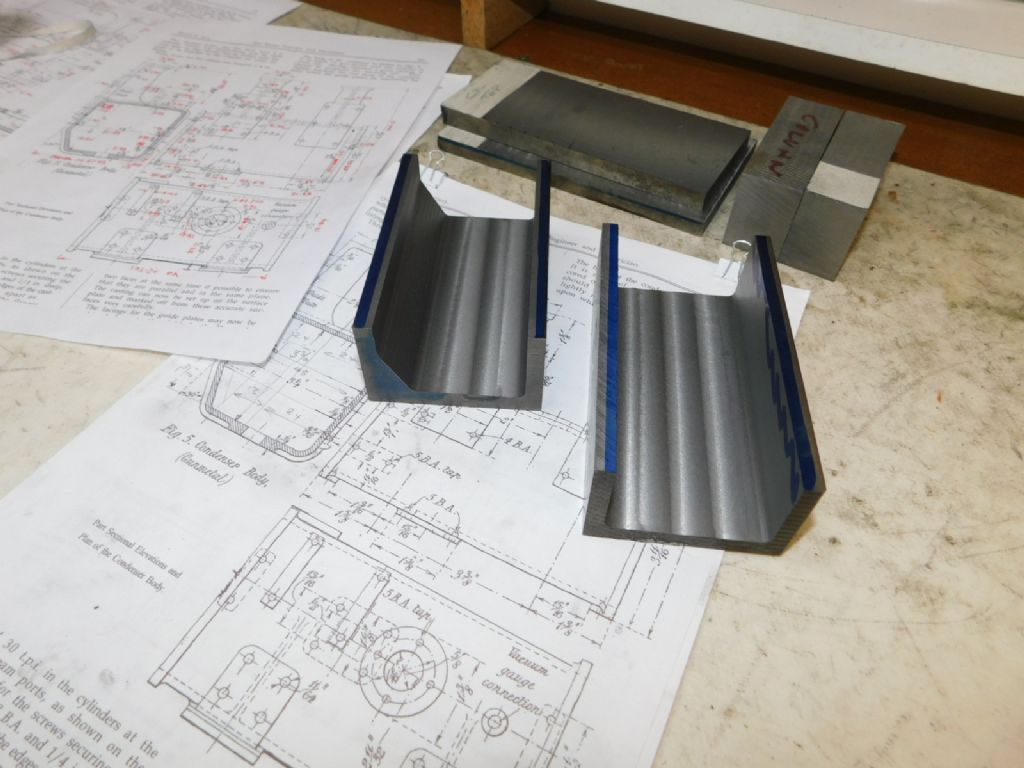Posted by Ramon Wilson on 16/08/2021 14:15:01:
Sorry, but I'm afraid I can't quite understand why using a simple basic hand held calulator is so challenging …
Bad memory, finger trouble, distractions and error checking.
Spreadsheet is my preferred method. The numbers are typed in, remembered, and can be printed if required. The calculation is applied once to the whole column, and the result posted next to it. If necessary a third column can convert to millimetres or inches, and a fourth used to back convert to the original as a cross-check. Best of all, three weeks later, when a mistake is suspected, it's all there ready to be diagnosed. Good for up to about a thousand entries, beyond that consider a database, but I rarely tackle big projects.
Many CAD packages support spreadsheets too, which saves a lot of time when a drawing error affects several dimensions.
End of the day though, whatever technique best solves the individual problem. No point wheeling out a computer for a few conversions. Pre-tabulated answers save typing, but look-up errors are more likely, and it's down to the operator to manage them. Calculators suffer finger trouble and have no memory. Redrawing is most time-consuming except I find it helps me understand the design and the conversions are almost a side benefit. Slide rules and Nomographs are remarkably effective – faster than pre-tabulated, but less accurate.
Proper record keeping is an engineering skill in itself. In theory, I take careful notes. In practice, I don't. Shameful.

Dave
Dr. MC Black.








